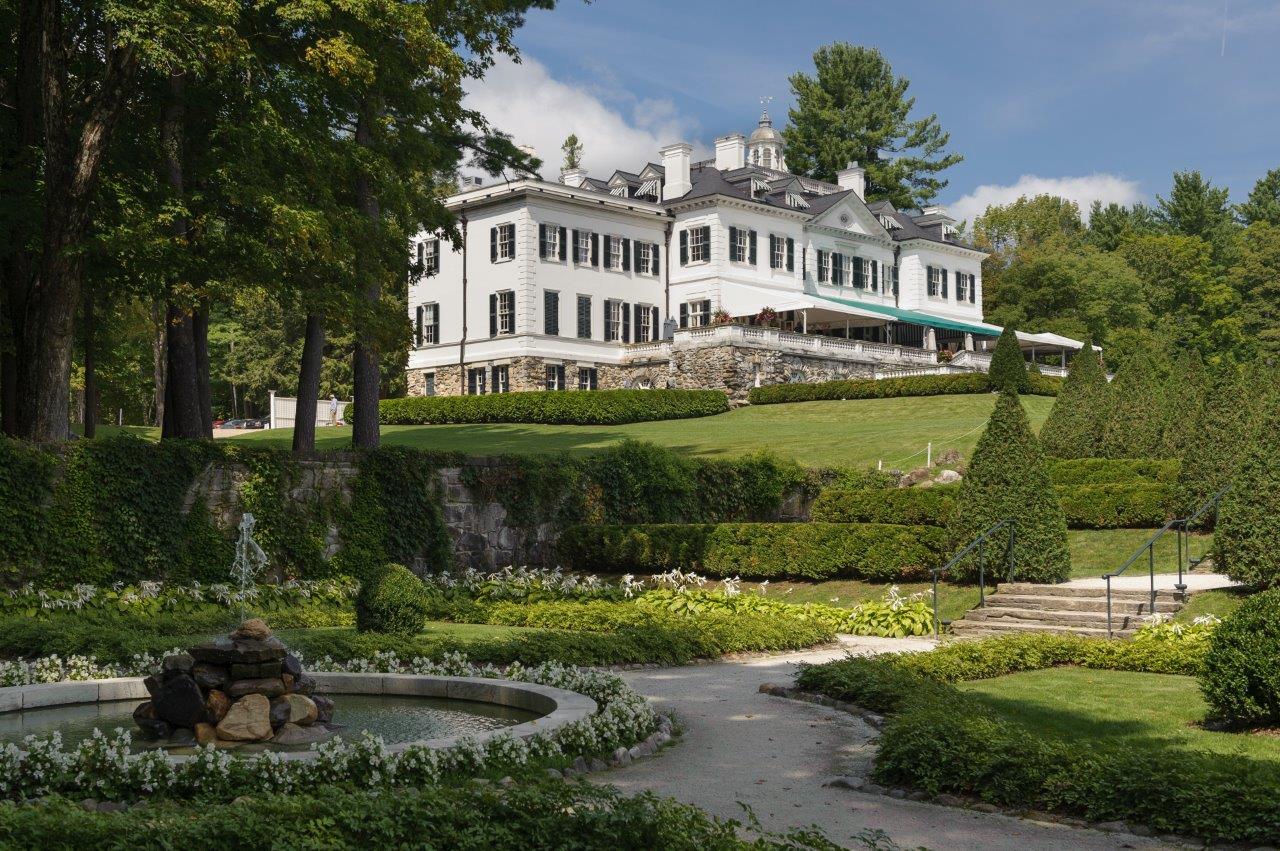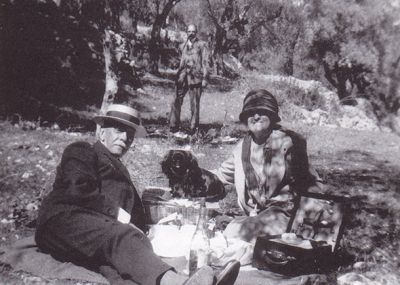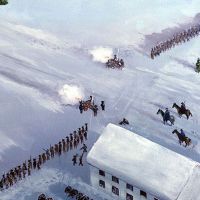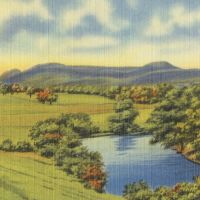Primary Source
You feel the thrill of glorious air on arrival [in the Berkshires]; it gets in your blood. You feel like an athlete. It gives you ambition to go tramping and mountain climbing. It is one of the chief charms of this territory that it furnishes zest….
…Such a country of glens and glades, hills and valleys, lakes, rivers, woods and waterfalls, it goes without saying, is full of possibilities for…living out of doors, being bronzed by the combined influences of sun, wind and water, living the kind of life that Nature intended man to live….
Quoted in The Berkshire Hills, New England, The Vacation Land (New York, New Haven and Hartford Railroad Company, 1920).








